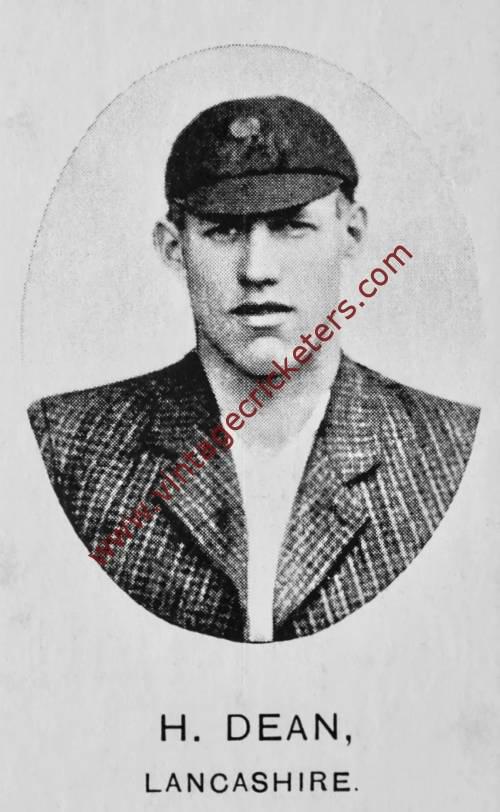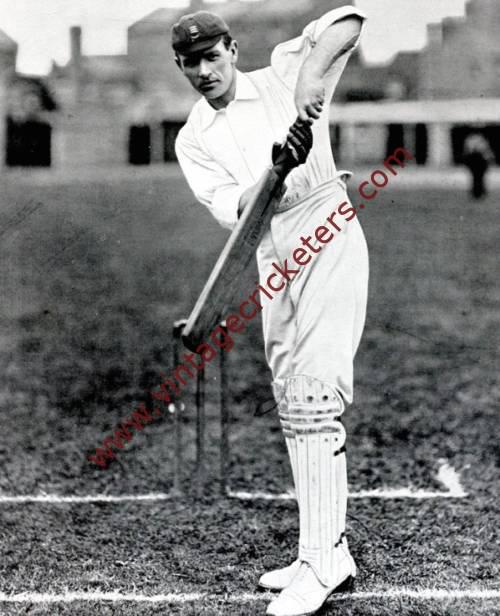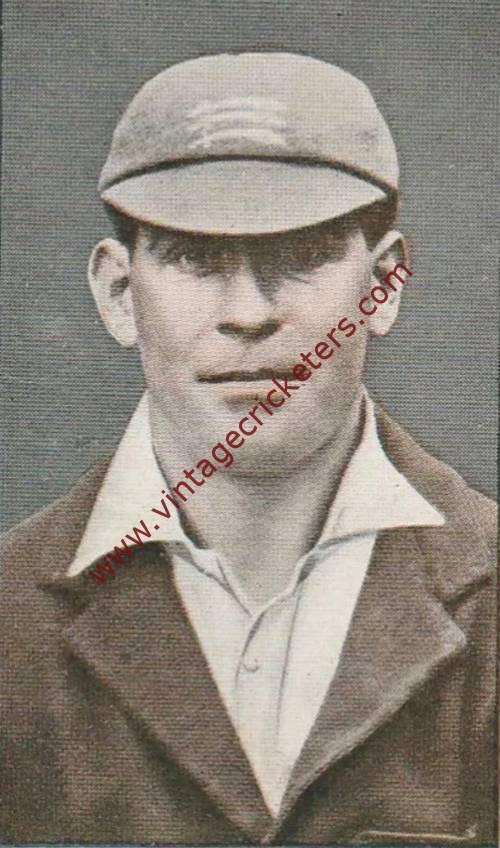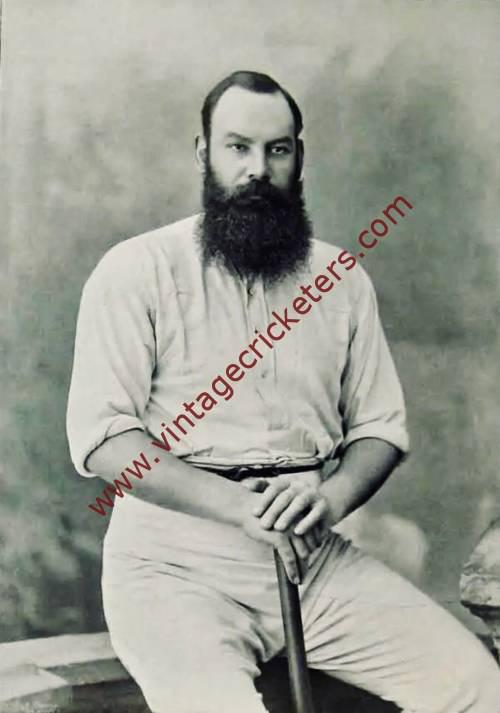Please choose your photo size from the drop down menu below.
If you wish your photo to be framed please select Yes.
Note: 16″x 20″not available in a frame.
Images can also be added to accessories. To order please follow these links
£8.95 – £49.95
Please choose your photo size from the drop down menu below.
If you wish your photo to be framed please select Yes.
Note: 16″x 20″not available in a frame.
Images can also be added to accessories. To order please follow these links
The maximum number of views of this element is reached.
Please contact the webmaster to enable unlimited views.
Bonvilston, Glamorgan, Wales born right-handed batsman and right-arm spin bowler Johnnie Clay was educated Winchester College from 1911 to 1916, where he was in the XI in 1915 and 1916, before serving as a second lieutenant in the Royal Artillery in France in the First World War. At Winchester Clay was a fast bowler, but eventually he took to off-breaks and other spin varieties, and possessed few equals. Not only did he spin the ball skilfully from his considerable height, but he maintained a splendid length and never wilted under punishment.
He first played for Glamorgan as a fast bowler in 1920, the year before they achieved first class status, but switched to off-spin after some back trouble. He played for the club till 1949, always as an amateur, and was their captain from 1924 to 1927 and then again in 1929 and 1946, when they finished sixth, their best position to that time. Between 1933 and 1938, he served as the club’s treasurer and with the captain, Maurice Turnbull, helped raise money through functions and contacts that kept the club afloat.
He first played representative cricket in 1923 when he played for The Gentlemen against The Players at The Oval in 1923. In August 1935 he was called up to play a Test match for England at The Oval against South Africa, but neither took a wicket and nor did he bat, though he did catch Ken Viljoen in South Africa’s first innings in a drawn match, and this proved his only Test appearance. He also represented Wales.
He took nine wickets in an innings three times. In 1935 he took 9-54 in an innings against Northamptonshire at Llanelli, he also took 6-32 in the second innings. 1937 was his most successful as a bowler, taking 176 wickets at 17.34, which remains a Glamorgan record; against Worcestershire at Swansea he took 17 wickets in the match with 9-66 and 8-146, and against Essex at Westcliff he took 9-59. Although he never achieved the hat-trick, he dismissed three Northamptonshire batsmen in the course of four deliveries at Northampton in 1938. At the age of 48 he took 120 wickets in that 1946 season at an average of 12.72. At the age of 50 he was a key player in Glamorgan’s first County Championship title in 1948, taking 19 wickets for 145 runs in the two consecutive innings victories in August that clinched the title, with a win by an innings and 115 runs over Hampshire at Bournemouth confirming their triumph. His share in the victory was 9-79 in the match including 6-48 in the second innings.
In his long career spanning 373 first class matches, playing his final match for Glamorgan in 1949, he took 1,317 wickets at an average cost of 19.76, three times dismissing over 100 batsmen in a season. He took ten wickets in a match on 28 occasions and five wickets in an innings 105 times. He was a useful lower-order batsman who hit two centuries and 18 half centuries, with a highest of 115 not out against the New Zealanders in 1927, scoring 7,186 runs at an average of 15.45. In 1929 he made his only Championship hundred against Worcestershire at Swansea, batting at number 10; his stand of 203 with Joe Hills for the ninth wicket is still the club record.
John Arlott thought Clay was the best off-spin bowler in England: “Some others, perhaps, spun the ball harder – though not markedly so – but no-one until Laker of a later generation combined his degree of spin and such accuracy, subtlety, and variety of flight.”
Clay was a Test selector in 1947 and 1948. He contributed an annual essay to the Glamorgan County Cricket Club Yearbook from 1933 to 1950. On the basis of these essays, John Arlott declared that Clay was his favourite cricket writer. He served as President of Glamorgan from 1961 until his death in 1973.
Vintage Cricketers was founded in July 2019. There are more photographs of this cricketer in the Vintage Cricketers library, which are due to be loaded in due course. In the meantime, please send a message to us using the contact form at the bottom left of this page and we can arrange to prepare and publish all images of this cricketer if you have a particular interest in him.
| Weight | N/A |
|---|



